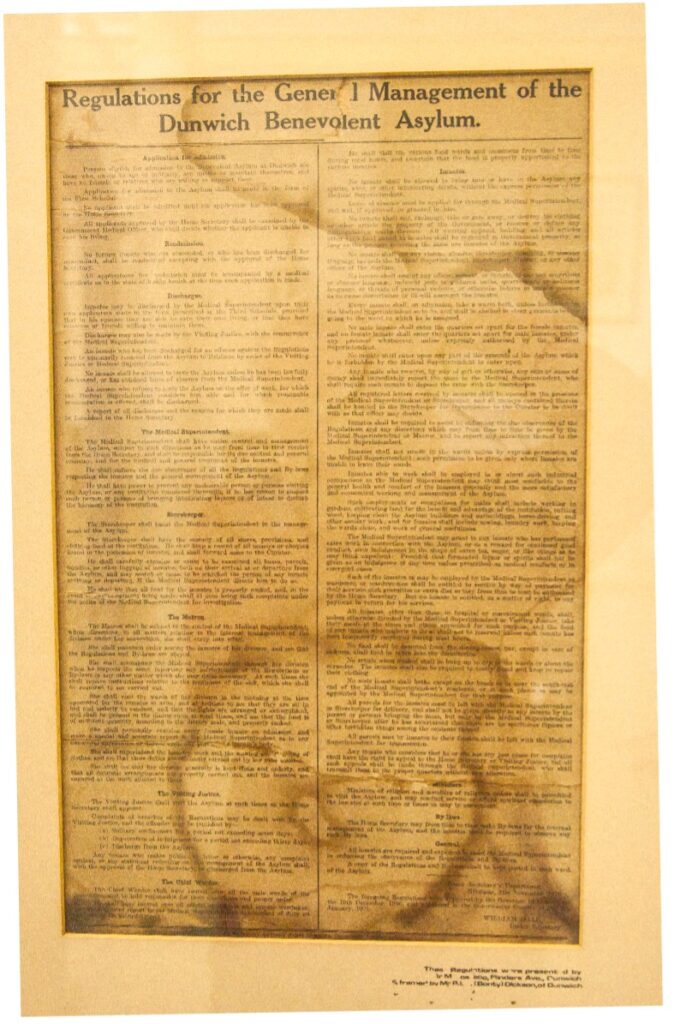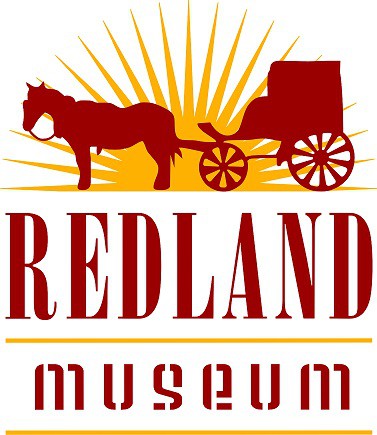
With the passing of the Queensland Benevolent Asylum Act of 1861 an asylum ward was established and located at the Dunwich quarantine station on Stradbroke Island. It operated from 1865 to 1946 and served the whole of Queensland as a public institution for the poor, destitute, and indigent. Dunwich also became a leper lazaret for white patients, and a place of commitment under the Inebriates Institutions Act of 1896.
The asylum admitted 21,000 people over its eighty years. From the 1890s to 1946 there were around 1,000 inmates present at any one time, with 1,600 in the peak year of 1903. Inmates were predominately elderly. People could be assigned to the asylum by a hospital, by police order, or by their families. Six times as many men as women were inmates. Their backgrounds were mainly rural and urban workers, with a considerable number of people who had originally been transported to the Australian colonies as convicts. There was, though, a sprinkling of middle-class people fallen on hard times or drink.
The Asylum was always inadequately staffed and funded, and there were rarely more than 20 official staff to 900 to 1,000 inmates. The operating principle was that able-bodied inmates were meant to perform work and help staff the asylum. In addition, large numbers of local Aboriginal people were employed as cheap labour to do heavy and unpleasant work, and as cooks, nursing assistants and domestics. This original copy of the Regulation of the Dunwich Benevolent Society was donated to the Museum in 2006.
Redland Museum acknowledges the Quandamooka People, the Traditional Custodians of the land and waters where we work.
We acknowledge their Elders, past and present, and extend that respect to all Aboriginal and Torres Strait Islander Peoples in our Community.

